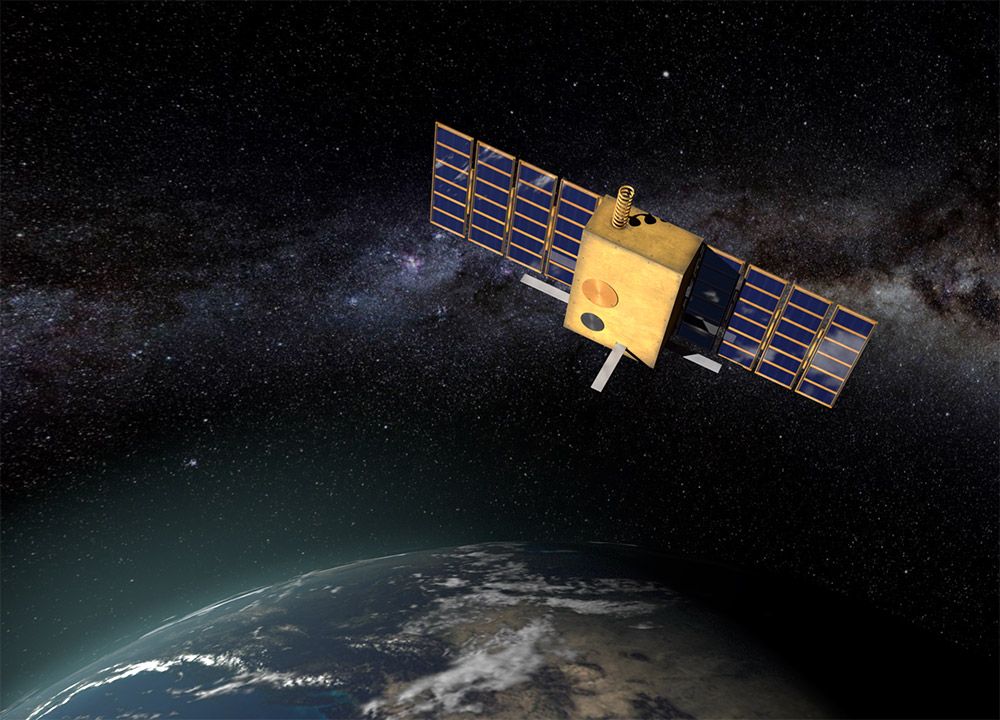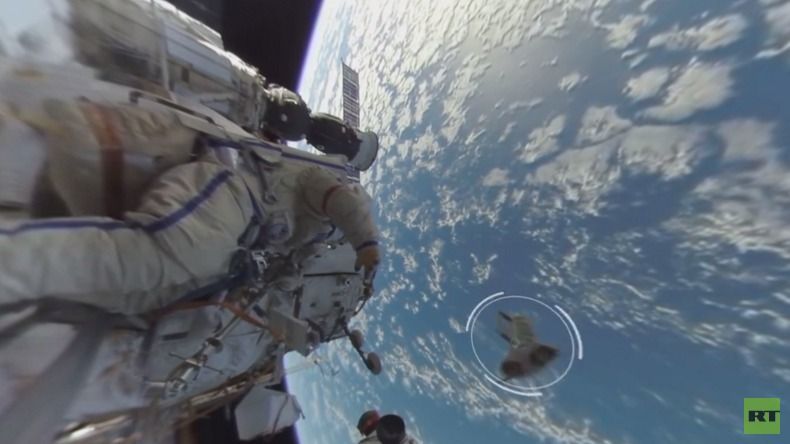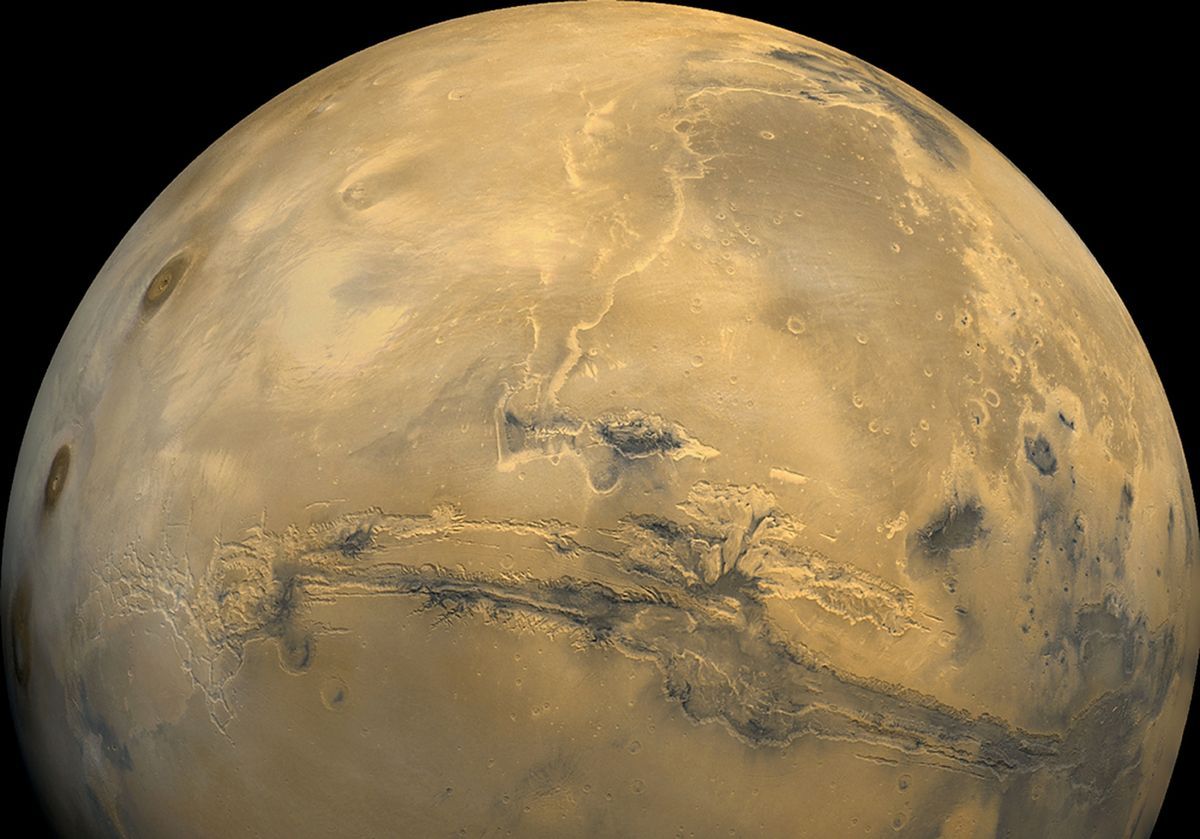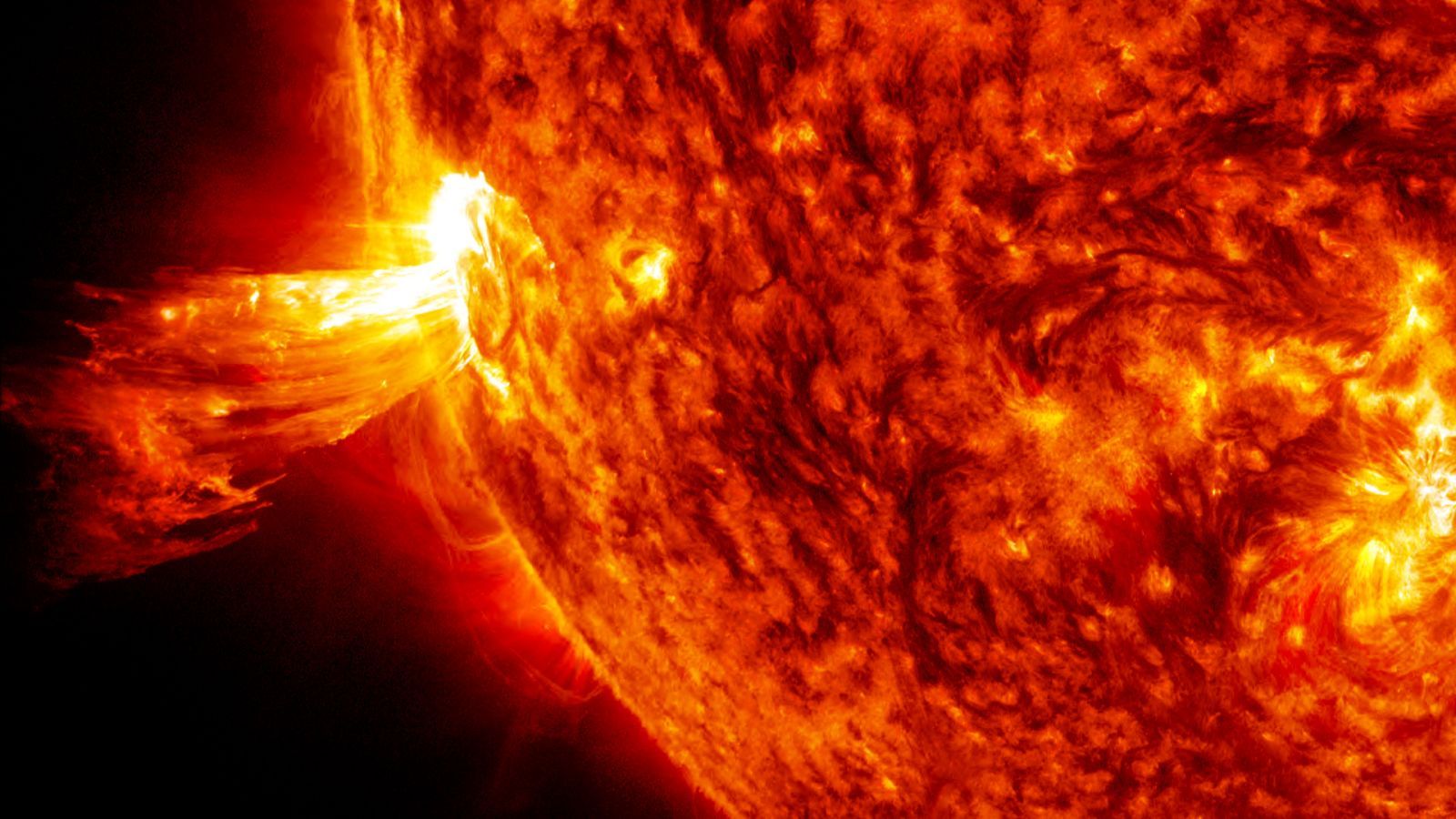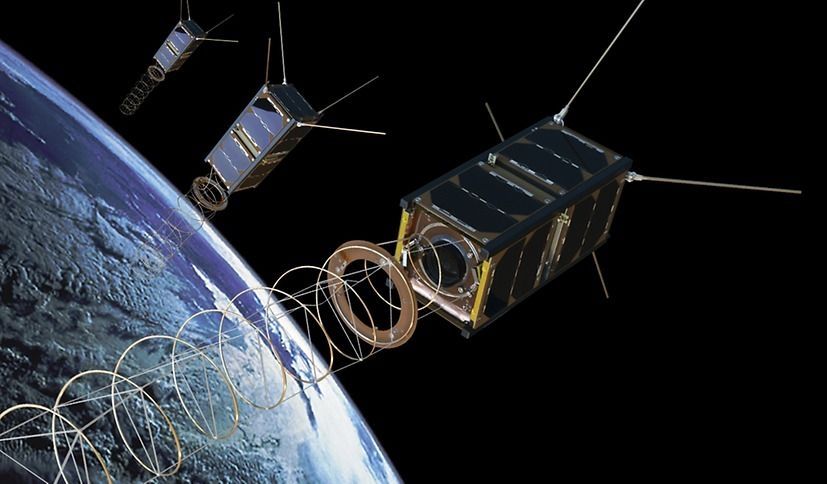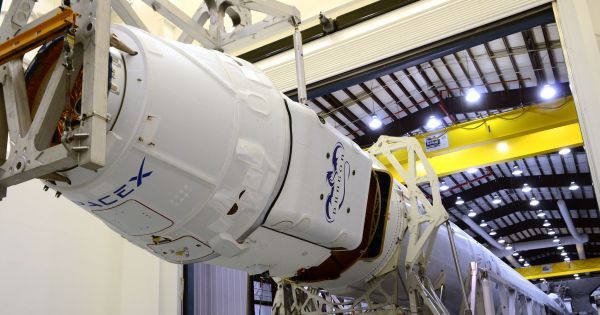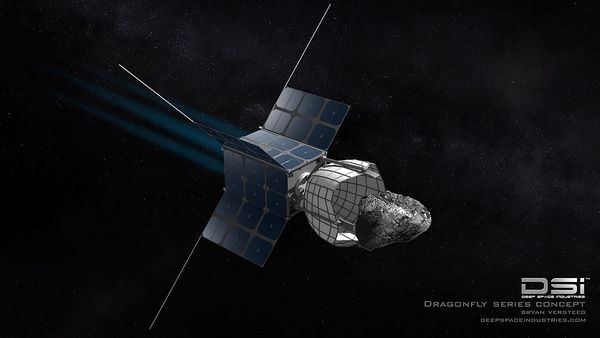Oct 13, 2017
General Atomics ramping cubesat production, muses railgun smallsat launcher
Posted by Klaus Baldauf in categories: drones, military, satellites
WASHINGTON — General Atomics is better known for building Predator combat drones and mining uranium than building spacecraft, but that could change as the company develops an interest in building defense-focused cubesats.
Also in the realm of possibility: using expertise from building railguns to design a large, electromagnetic cannon as a means to orbit small satellites.
Nick Bucci, vice president of missile defense and space systems for General Atomic’s Electromagnetic Systems Group, said the company has built 11 cubesats for the U.S. Army over the past seven years, and is gradually becoming more and more invested in space.
Continue reading “General Atomics ramping cubesat production, muses railgun smallsat launcher” »
